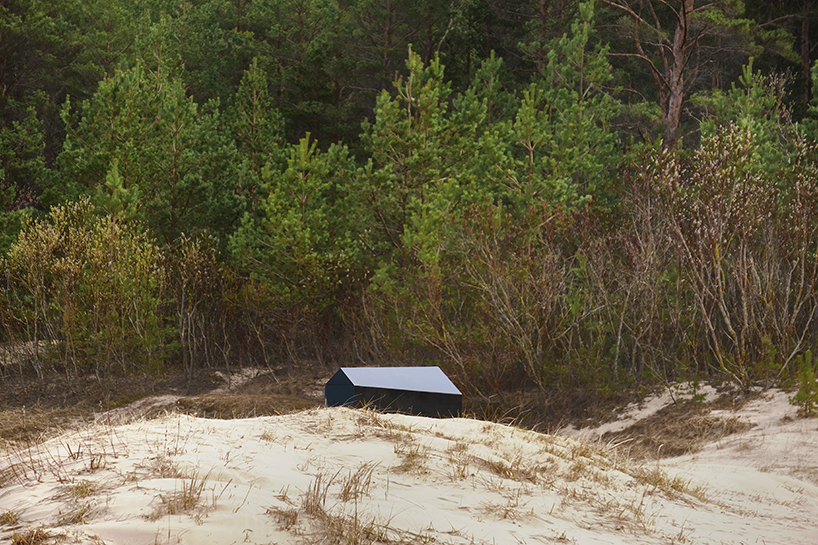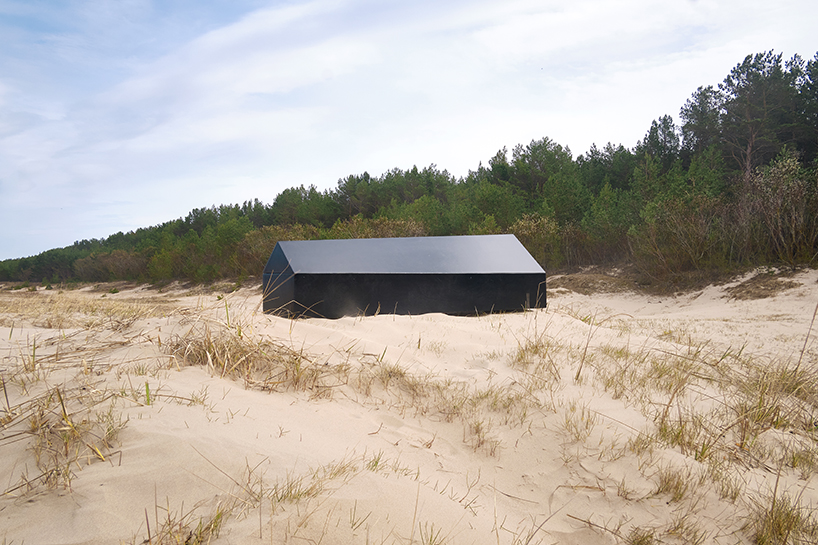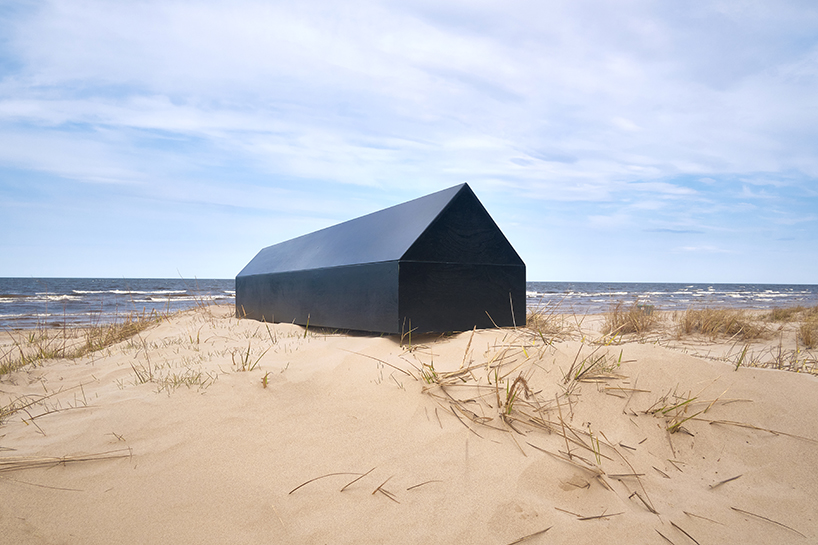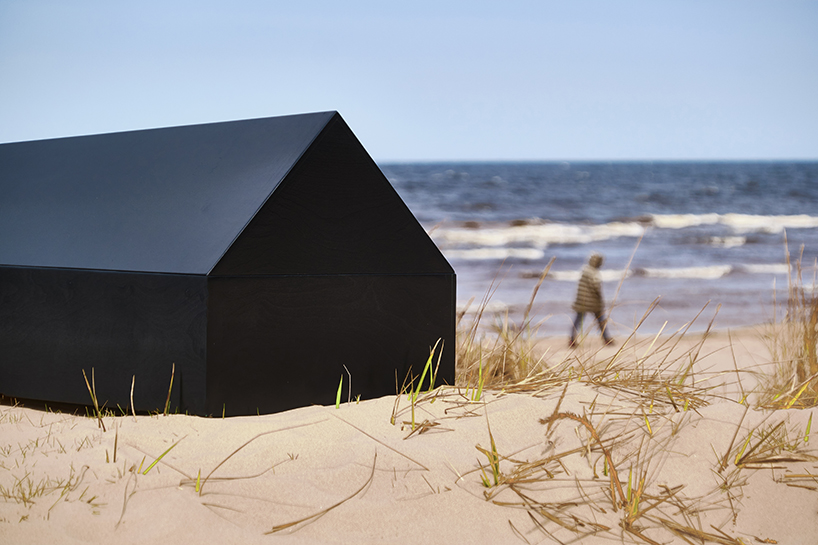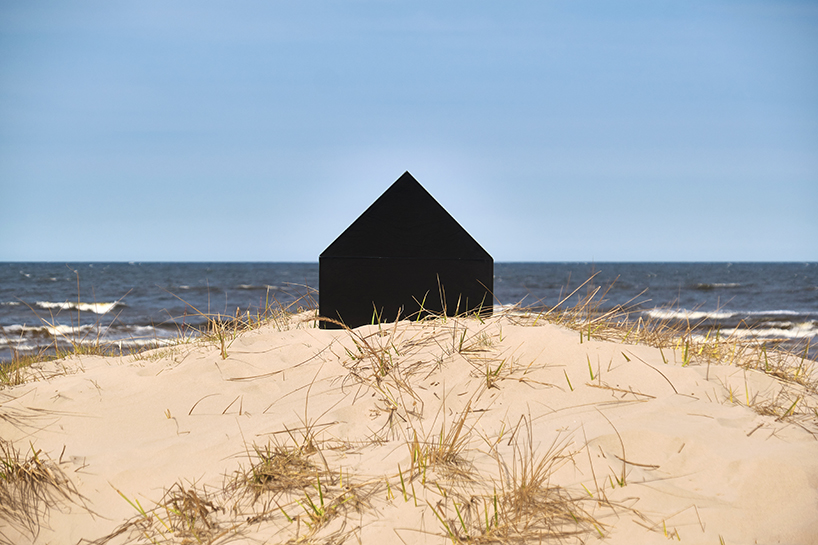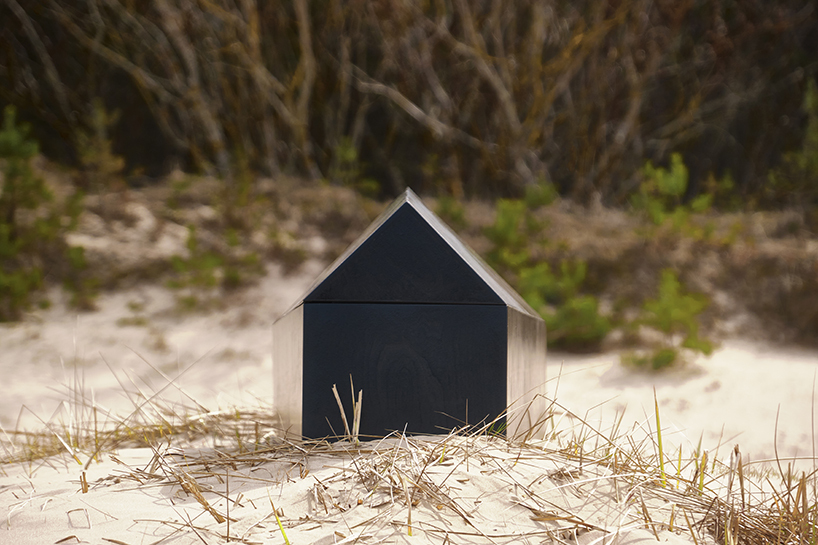Last House on a Dead End Street
Basic information
Project Title
Full project title
Category
Project Description
Latvia based architect’s office NRJA (No Rules Just Architecture) has prototyped the „Last House on a Dead End Street” – an architect’s coffin. Playing upon the shape of the archetypal house, the office has designed a minimalistic, clean resting place for those whose tastes don’t agree with the traditionally ornate coffins.
Geographical Scope
Project Region
Urban or rural issues
Physical or other transformations
EU Programme or fund
Which funds
Description of the project
Summary
Latvia based architect’s office NRJA (No Rules Just Architecture) has prototyped the „Last House on a Dead End Street” – an architect’s coffin. Playing upon the shape of the archetypal house, the office has designed a minimalistic, clean resting place for those whose tastes don’t agree with the traditionally ornate coffins.
We are born, live, age and die enveloped by buildings. For many a coffin is our last house and our last design statement. However, coffin and casket design lags behind the simplicity of conteporary architecture and design. „Last House on a Dead End Street” is a coffin that embodies the same principles NRJA follows in their architecture – clarity, honesty and simplicity. By rejecting the traditional use of highest quality wood, the architect’s coffin allows the last design statement of the deceased be environmentally friedly – the coffin is made of Baltic birch plywood and finished with water-based paint.
Key objectives for sustainability
Coffins are rarely a subject of sustainable thinking, although death can be a possibilty to express the lived sentiments and principles of the deceased for the last time. The coffin is made of Baltic birch plywood and finished with water-based paint. By using inexpensive, natural, renewable materials and a minimalistic design, the end product turns out to be an environmentally conscious statement.
Key objectives for aesthetics and quality
Funeral business and the adjacent products and services are notoriously traditionalist and conservative. The designer's coffin "Last House on a Dead End Street" offers a clean, minimalist design inspired by contemporary Northern architecture to uphold the high design standarts that usually have to be lowered at the end of life.
Key objectives for inclusion
Death is the great leveler. There is nothing we can take with us the day we die, but the funeral - the last act of the deceased - can be an opportunity to express the design sensibilties of the deceased in a respectful, dignified way. The fact that the coffin is made of inexpensive natural materials, makes it affordable ti a large audience and embodies the sustainability goals of the 21st century.
Results in relation to category
Funerals can express the lived values and principles of those deceased. By creating a sustainable, affordable, accessible and dignified coffin, a funeral can serve as the last deign statement un push towards an environmentally conscious future.
How Citizens benefit
The product is designed and built by architects instead of manufactured by woodworkers, ensuring that the coffin can be easily assembled by a non-specialist if need be.
Physical or other transformations
Innovative character
Funeral business and the adjacent products and services are notoriously traditionalist and conservative. The designer's coffin "Last House on a Dead End Street" offers a clean, minimalist design inspired by contemporary Northern architecture to uphold the high design standarts that usually have to be lowered at the end of life.
Learning transferred to other parties
The product is designed and built by architects instead of manufactured by woodworkers, ensuring that the coffin can be easily assembled by a non-specialist if need be.

